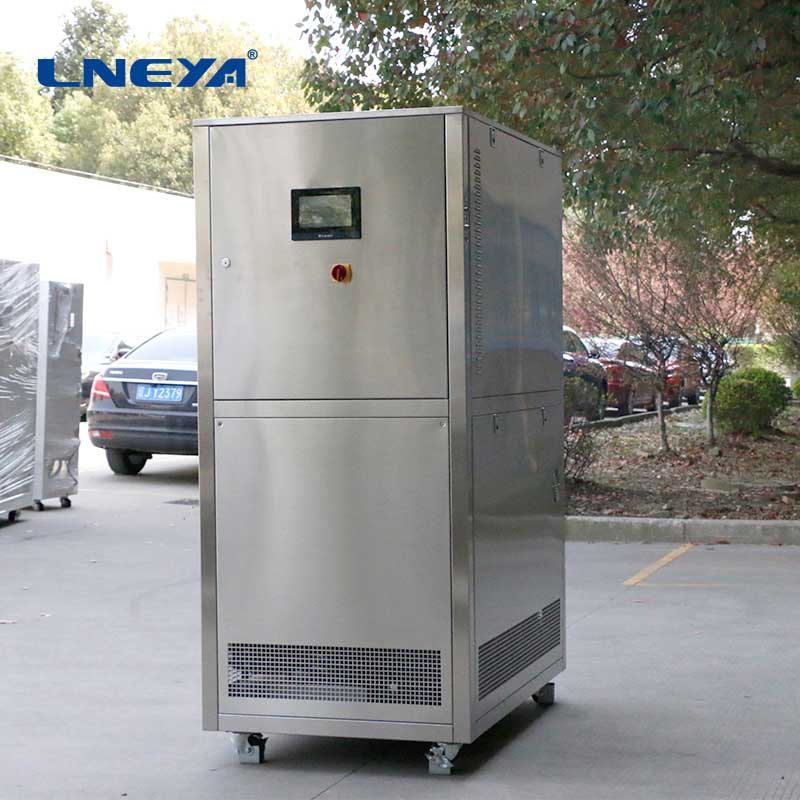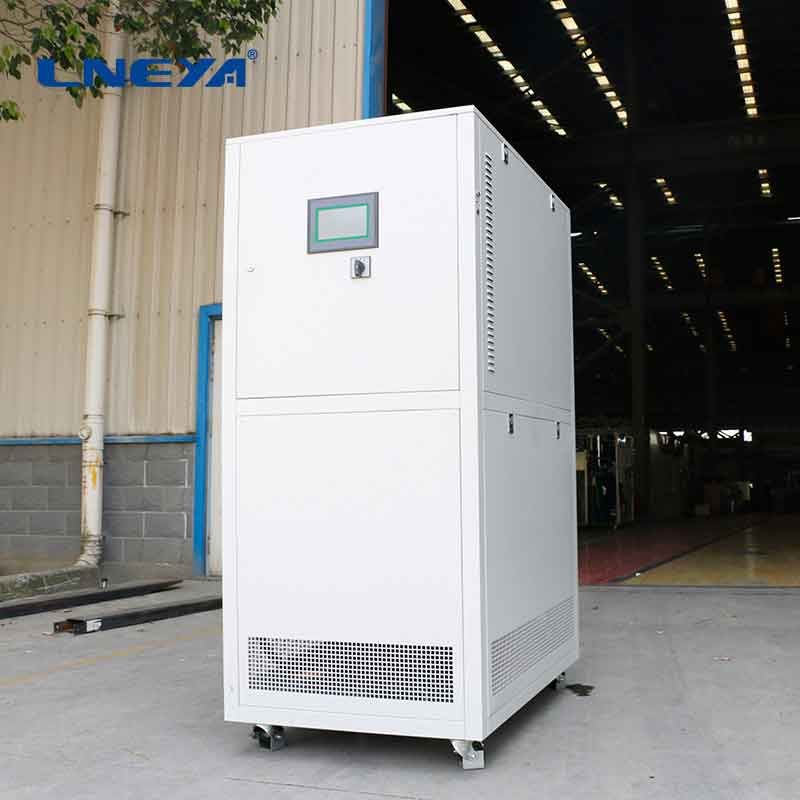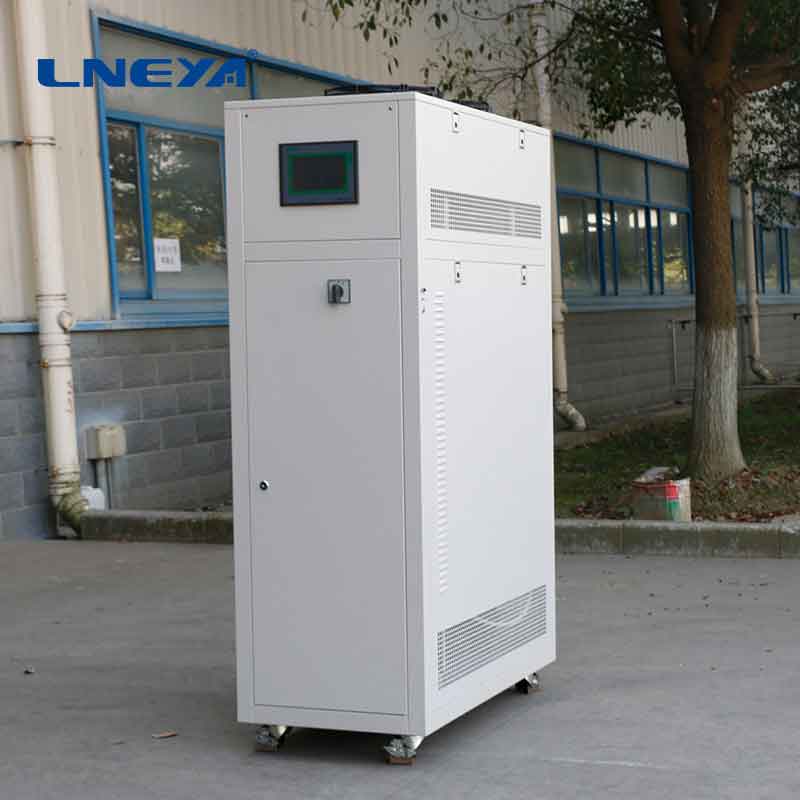chiller capacity unit
Understanding Chiller Capacity Units: The Key to Efficient Cooling Systems
Chiller capacity units are a critical measure in the heating, ventilation, and air conditioning (HVAC) industry, determining the cooling power of chillers. This article provides an overview of chiller capacity units, explaining their importance in the selection and operation of chillers within various cooling systems.

What Are Chiller Capacity Units?
Chiller capacity units are used to quantify the cooling capacity of a chiller. The standard unit of measurement is the ton, where one ton is equivalent to the removal of 12,000 British Thermal Units (BTUs) per hour. This measurement is essential for sizing chillers appropriately to meet the cooling demands of a building or process.
Significance of Chiller Capacity Units
Understanding chiller capacity units is crucial for several reasons:
Proper Sizing: Accurate capacity measurement ensures that the selected chiller can handle the cooling load, preventing issues related to undersized or oversized chillers.
Energy Efficiency: Chillers operating at their optimal capacity are more energy-efficient, reducing operational costs and environmental impact.

System Performance: The correct capacity ensures consistent cooling performance, contributing to the comfort of occupants and the reliability of industrial processes.
Factors Influencing Chiller Capacity
Several factors can influence the capacity of a chiller, including:
Refrigerant Type: Different refrigerants have varying thermodynamic properties, affecting the chiller’s cooling capacity.
Compressor Efficiency: The efficiency of the compressor直接影响 the chiller’s ability to remove heat.
Heat Exchanger Design: The design and condition of the heat exchanger can impact the chiller’s capacity by affecting heat transfer rates.
Calculating Chiller Capacity
Chiller capacity is calculated by considering the cooling load of the space or process. This involves:
Assessing Heat Loads: Determining the heat gain from solar radiation, internal heat sources, and other factors.
Considering Climate Data: Using local climate data to estimate the maximum cooling demand.

Accounting for Efficiency Factors: Including the chiller’s COP and other efficiency metrics in the calculation.
Matching Chiller Capacity to Cooling Load
To ensure optimal performance, it’s essential to match the chiller capacity to the cooling load. This involves:
Conducting Load Calculations: Performing detailed calculations to determine the exact cooling requirement.
Selecting the Appropriate Chiller: Choosing a chiller with a capacity that meets the calculated load, considering potential fluctuations.
Considering Future Needs: Accounting for potential increases in cooling load due to changes in occupancy, equipment, or other factors.
Conclusion
Chiller capacity units are a fundamental aspect of HVAC system design and operation. Understanding these units and their implications is crucial for selecting the right chiller, ensuring efficient cooling, and optimizing energy use. By considering factors that influence capacity and accurately calculating the cooling load, professionals can design systems that provide reliable, comfortable, and cost-effective cooling.
Related recommendations
How to Maintain the Chiller in Winter?
1364How to Maintain the Chiller in Winter? The changes brought by the cooler weather remind people to pay attention to the winter maintenance of the chiller, and slowly adapt to the temperature ...
View detailsindustrial heating manufacturers
446What Are Industrial Heating Manufacturers?Industrial heating manufacturers are companies that design, produce, and supply heating equipment for industrial applications. These manufacturers develop...
View detailstypes of water cooled chillers
708Types of Water-Cooled Chillers Water-cooled chillers are categorized based on the type of compressor and the refrigeration cycle they use: Centrifugal Chillers: Known for their high capacity...
View detailsWhat should be paid attention to during the debugging operation of air cooled water chillers?
1160What should be paid attention to during the debugging operation of air cooled water chillers? 1. Pressure and leakage test: Close the valves in the air-cooled chiller unit that a...
View details
 LNEYA Chiller
LNEYA Chiller







HelloPlease log in